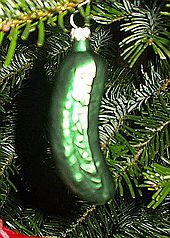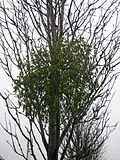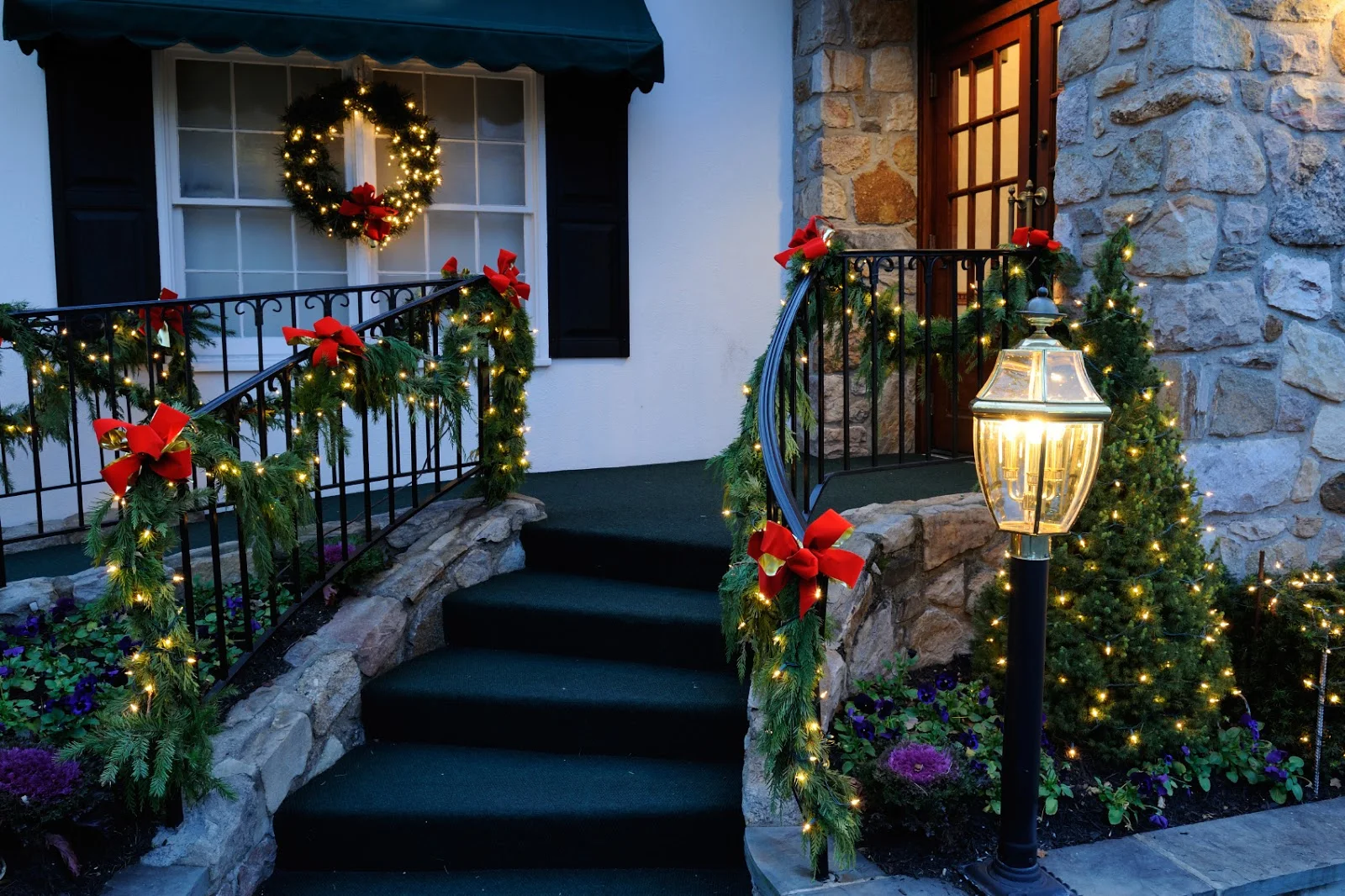Christmas is not just about Santa and gifts. Neither is it just about having a fun holiday and finding an escape from the usual routine. There are those among us who love to alter Christmas themes and decorating color schemes each year. Then there are those who love to stick to the traditional and the classic. If you are a person who values the traditional elements of Christmas decorations or wishes to try out the style for a change then here is a bit of inspiration that will come in handy.
A Christmas decoration is any of several types of ornamentation used at Christmastime. The traditional colors of Christmas are pine green (evergreen), snow-white, and heart red. Blue and white are often used to represent winter, or sometimes Hanukkah, which occurs around the same time. Gold and silver are also very common, as are other metallic colors. Typical images on Christmas decorations include Baby Jesus, Father Christmas, Santa Claus, and the star of Bethlehem. Typical winter icons include snowflakes, snowmen, icicles, and even penguins and polar bears.
Brand: WS
Material: Flocking Fabric,Lint
For: All,Kids,Others
Usage: Christmas,Others,Party,Wedding
Product weight: 0.0100 kg
Package weight: 0.0120 kg
Product size (L x W x H): 5.00 x 5.00 x 0.50 cm / 1.97 x 1.97 x 0.2 inches
Package size (L x W x H): 8.00 x 8.00 x 3.00 cm / 3.15 x 3.15 x 1.18 inches
Package Contents: 12 x Christmas Bow.
Types of decorations
Glass ornaments
A Christmas pickle produced by Lauschaer Glaskugelhaus of Germany
Figural glass Christmas ornaments originated in the small town of Lauscha, Germany in the latter half of the 19th century. The town had long produced fine glassware. The production of Christmas ornaments became a family affair for many people. Some families invested 16 hours a day in production. For some, it was their sole source of income.
Sometimes competitions were held. Prizes were awarded to the family producing the finest examples. Santa Clauses, angels, birds, animals, and other traditional Yuletide subjects were favorites.
F.W. Woolworth discovered these glass ornaments on a toy and doll buying trip to Sonnenburg, Germany in the 1890s. He sold them in his "five and ten cents" stores in America. The ornaments were said to have contributed to Woolworth's great business success.
For the American market, figures were blown depicting comic book characters as well as patriotic subjects such as Uncle Sams, eagles, and flags. Glassblowers have held on to the old molds. Glass ornaments are still created from these old molds.
A clear glass tube is heated over an open flame. It is then inserted into a mold. The glassblower then blows into the end of the tube. The glass expands to fill the mold. The glass takes on the shape of the mold. It is cooled. A silver nitrate solution is swirled about inside the ornament. This gives the ornament a silver glow. The outside of the ornament is painted or decorated with metal trims, paper clippings, etc.
Cotton batting
Cotton batting Christmas ornaments were popular during the years of the German Christmas toy and decoration boom at the turn of the century. They were exported in large numbers to the United States. These decorations suggested puffs of snow. Fruits and vegetables were popular subjects and often had a realistic appearance. African American and patriotic characters were fashioned for the American market. Some ornaments were used to hide boxes of candy.
Assembling these decorations was a cottage industry. Cotton batting was wound around a wireframe resembling a human or animal. A face was either painted on or a lithograph cut-out was affixed to the batting. Figures were given crepe paper costumes. Some were touched with glue and sprinkled with flakes of mica for a glittering appearance.
Dresden
Dresdens are three-dimensional ornaments. They are made of paper, card, or cardboard. Dresdens were produced mostly in Dresden and Leipzig, Germany, from the 1860s to WWI. They were originally priced between 1 and 60 cents. Subjects included animals and birds, suns and moons, humans, carriages, and ships, etc. Some Dresdens were flat, allowing the buyer to collect them in scrapbooks.
Positive and negative molds were set into a press. A moistened sheet of the card was put into the press. The images were pressed. When they had dried, they were sent to cottage workers for the finishing touches. This involved separating the form-halves from the card, trimming ragged edges, and gluing the two halves together. The form was then gilded, silvered, or hand-painted. Sometimes a small gift or sweet was put into the form. Forms were usually no larger than five inches.
Plants
Popular Christmas plants include holly, mistletoe, ivy, and Christmas trees. The interior of a home may be decorated with these plants, along with garlands and evergreen foliage. These often come with small ornaments tied to the delicate branches, and sometimes with a small light set.
European Holly, traditional Christmas decoration.
Wreaths are made from real or artificial conifer branches, or sometimes other broadleaf evergreens or holly. Several types of evergreen or even deciduous branches may be used in the same wreath, along with pinecones and sprays of berries, and Christmas ornaments including jingle bells. A bow is usually used at the top or bottom, and an electric or unlit candle may be placed in the middle. Christmas lights are often used, and they may be hung from door or windows, and sometimes walls, lampposts, and light fixtures, or even statuary. Since the 19th century, the poinsettia, a native plant from Mexico, has been associated with Christmas.












No comments
Post a Comment
Thank you for sharing your opinion.